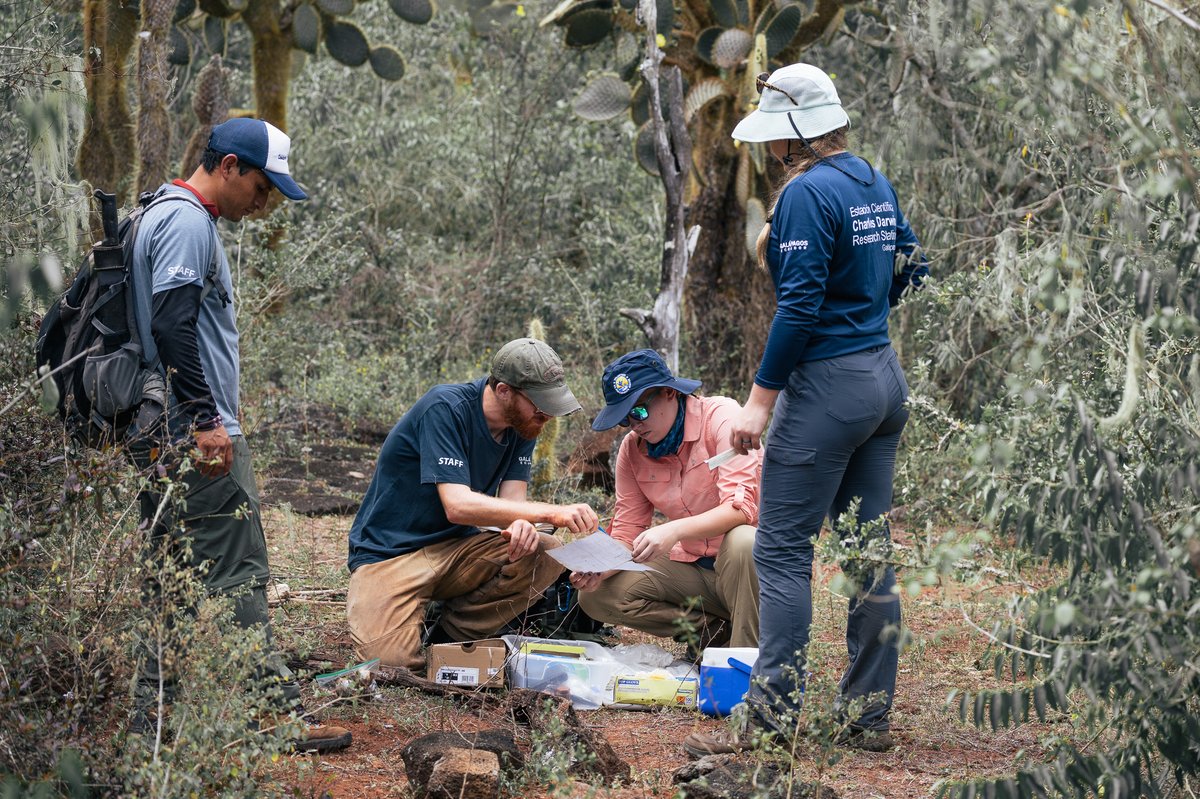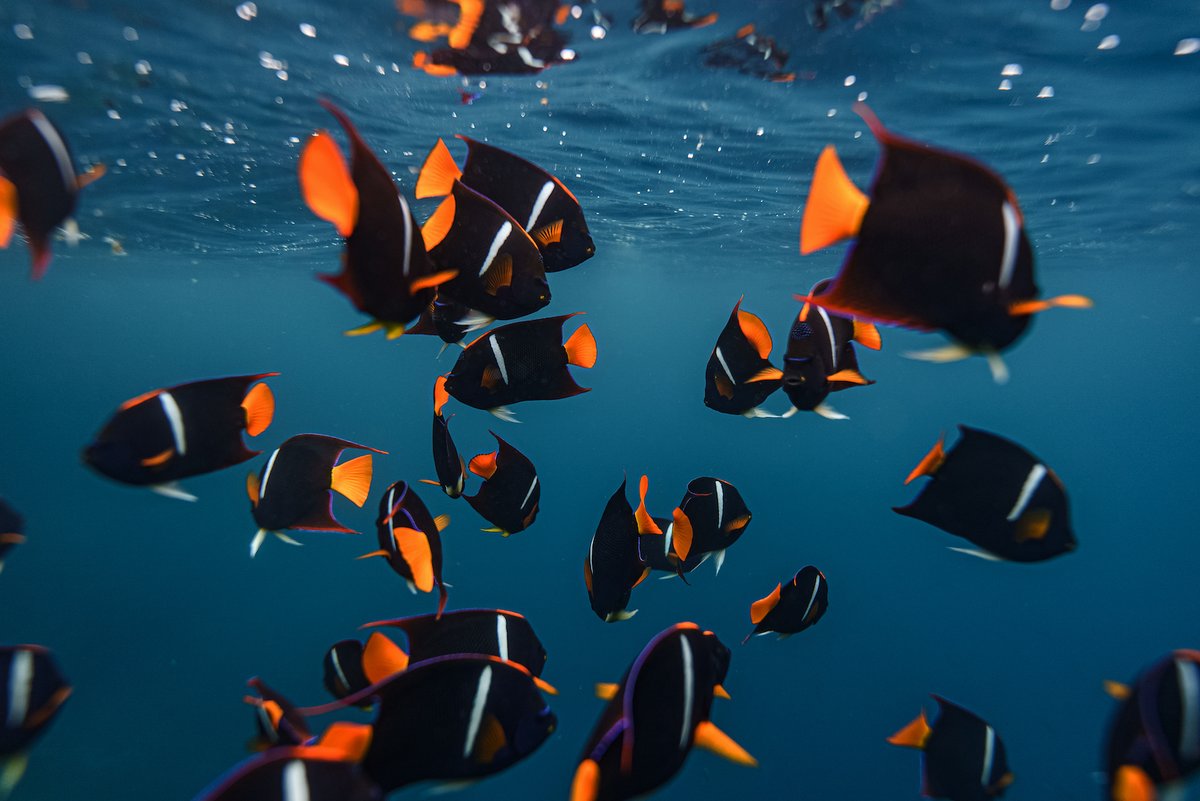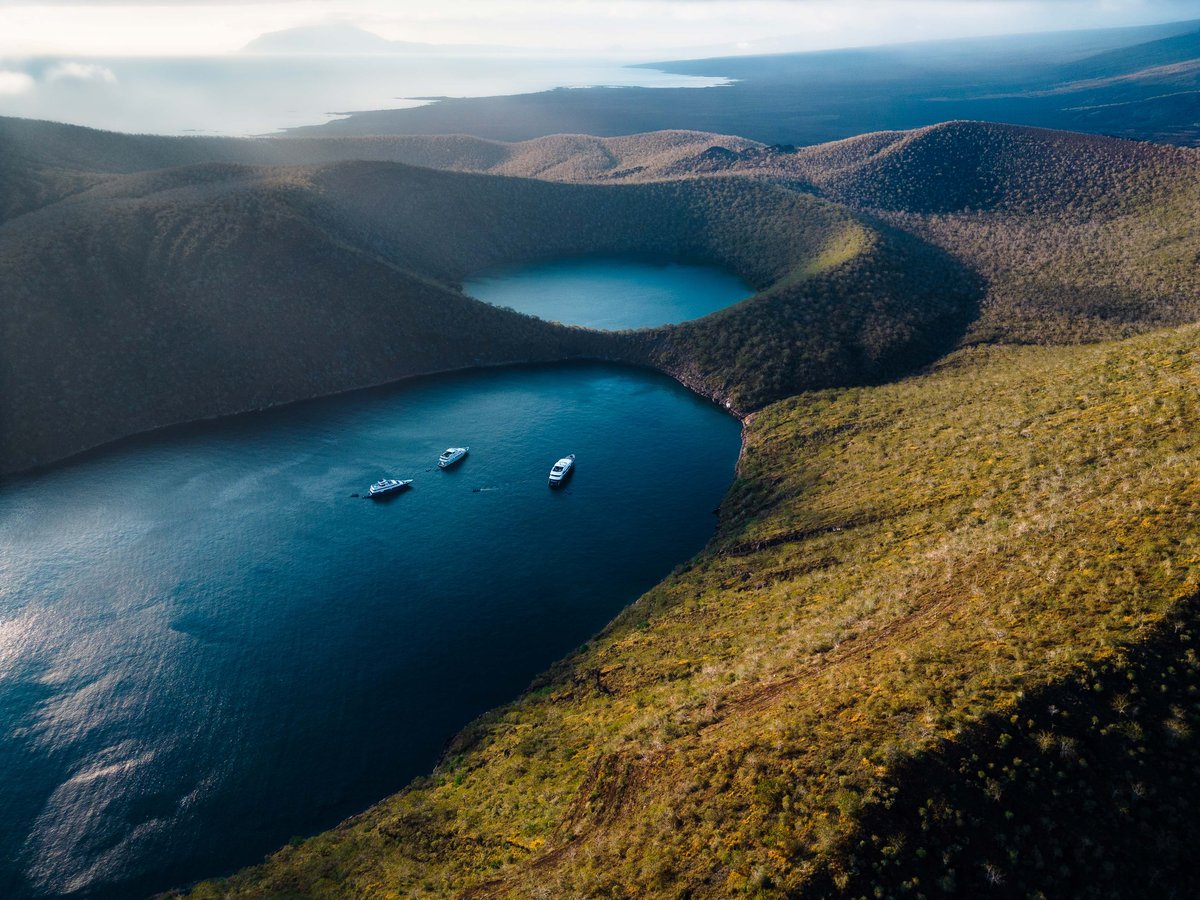Ushering in a New Chapter for Ocean Governance: Ratification of the BBNJ Agreement
On 19 September 2025, against the backdrop of the United Nations General Assembly in New York, the Agreement on the Conservation and Sustainable Use of Marine Biological Diversity of Areas Beyond National Jurisdiction (BBNJ Agreement) attained the required threshold of 60 country ratifications, triggering its entry into force on 17 January 2026.
The BBNJ Agreement, often referred to as the “High Seas Treaty”, is the third implementing agreement of the United Nations Convention on the Law of the Sea (UNCLOS) and sets out the first legally binding international framework dedicated specifically to the conservation and sustainable use of marine biodiversity in areas beyond national jurisdiction (ABNJ), simply put, international waters, which includes the combined high seas and deep sea bed. It provides a enabling step towards implementation of Target 3 of the Kunming-Montreal Global Biodiversity Framework: to protect at least 30% of the ocean by 2030.
What is the BBNJ Treaty and Why is it Important?
Nearly two-thirds of the ocean lies beyond the national jurisdiction of any single country. These High Seas begin where a nation’s Exclusive Economic Zone[1] (EEZ) ends, typically 200 nautical miles from its coastline. They include ecosystems of extraordinary ecological value that support important fisheries, migratory routes, and harbour remarkable ecosystems and unique biodiversity, such as deep-water corals and other marine life; yet, less than 1% of these High Seas are currently under protection.
Legally, these areas function a bit like the “Wild West.” Governance is patchy and fragmented, with a mix of sectoral, regional, and intergovernmental actors that often have overlapping or conflicting mandates. This tangled system frequently leads to weak oversight of activities such as fishing, shipping, and resource extraction. This lack of cohesive governance landscape has left the marine environment vulnerable to overexploitation, pollution, climate change impacts and other unchecked human pressures. While ocean treaties like UNCLOS enshrine a general obligation for States to protect the marine environment, gaps persist, both in the treaty itself and its implementation, especially, in the High Seas. The BBNJ Agreement seeks to address these critical gaps by creating a more holistic and coordinated framework for global ocean protection through these four core areas:
- Area-based management tools (ABMTs), including marine protected areas (MPAs): Establishes the mandate to create high seas MPAs in areas beyond national jurisdiction and other ABMTs, with the goal of effectively safeguarding ocean biodiversity.
- Environmental impact assessments (EIAs): Requires that new activities on the high seas undergo modern, science-based EIAs. These will take into account the cumulative impacts of multiple human stressors affecting the same ecosystem, including climate change, ocean acidification and related impacts.
- Fair and equitable sharing of benefits from marine genetic resources (MGRs): Recognizes the growing value of genetic materials of marine ecosystems, including their digital sequence information (DSI), for biotechnology, pharmaceuticals, and industrial uses. It balances the freedom of marine scientific research with obligations to share both monetary and non-monetary benefits (such as access to data, samples, and increased scientific cooperation) arising from these activities. A Clearing-House Mechanism will ensure open and transparent access to this information.
- Capacity-building and the transfer of marine technology (CBTMT): Underscores the need to provide financial, technical, and knowledge-sharing support to developing countries to build global capacity for ocean science, monitoring, and governance.
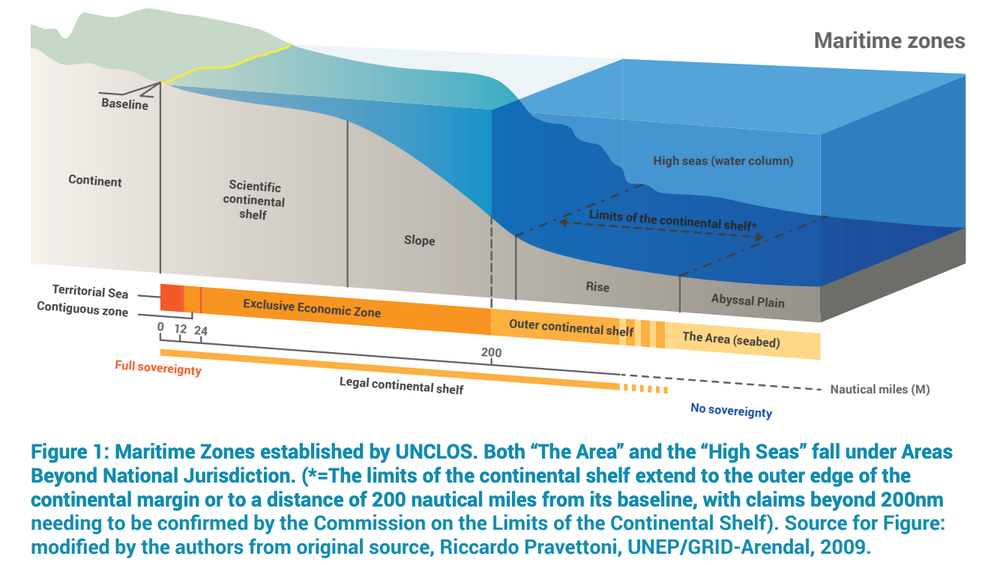
A key feature of the BBNJ Agreement lies in its future application. The treaty makes it clear that the agreement “does not undermine” the mandates of existing International Frameworks and Bodies (IFBs). Instead of duplicating their functions, the BBNJ introduces a framework for cross-sectoral coordination, helping to bridge gaps between fragmented regimes. This cooperation aims to ensure that BBNJ measures complement, rather than conflicts with existing Multilateral Environmental Agreements and sectoral regulations. Parties are also required to advance BBNJ objectives within these organisations, creating opportunities to strengthen governance standards, enhance transparency, and improve protection of marine biodiversity in the high seas.
Closing the Gaps: BBNJ and Regional Ocean Governance in the Eastern Tropical Pacific (ETP)
The ocean and MPAs of the Galápagos Islands and the Eastern Tropical Pacific (ETP) are of exceptional global importance: biologically, economically, socially and for regulating key climate processes. This region harbors extraordinary biodiversity, much of it endemic, and supports migratory and threatened species that range across the wider Pacific provinces. Its MPAs sustain some the world’s most important open water fisheries, and as part of a mosaic of managed areas play a crucial role in maintaining healthy marine ecosystems.
The BBNJ Agreement provides an unprecedented opportunity to strengthen and complement regional governance efforts by connecting MPAs such as the Eastern Tropical Pacific Marine Corridor (CMAR - a collaboration since 2004 between Costa Rica, Panama, Colombia, and Ecuador. By establishing MPAs in areas beyond national jurisdiction, the BBNJ helps close worrying gaps between adjacent territorial waters—essential for the survival of marine species under a changing ocean climate.
For the Charles Darwin Foundation´s Deep Ocean Program, the BBNJ opens the door to science-based conservation on the high seas. The treaty allows for the creation of deep-ocean MPAs, requires environmental impact assessments for new industries, and promotes international cooperation and knowledge-sharing. This strengthens efforts to safeguard seamounts, ridges, and abyssal habitats before they are irreversibly lost.
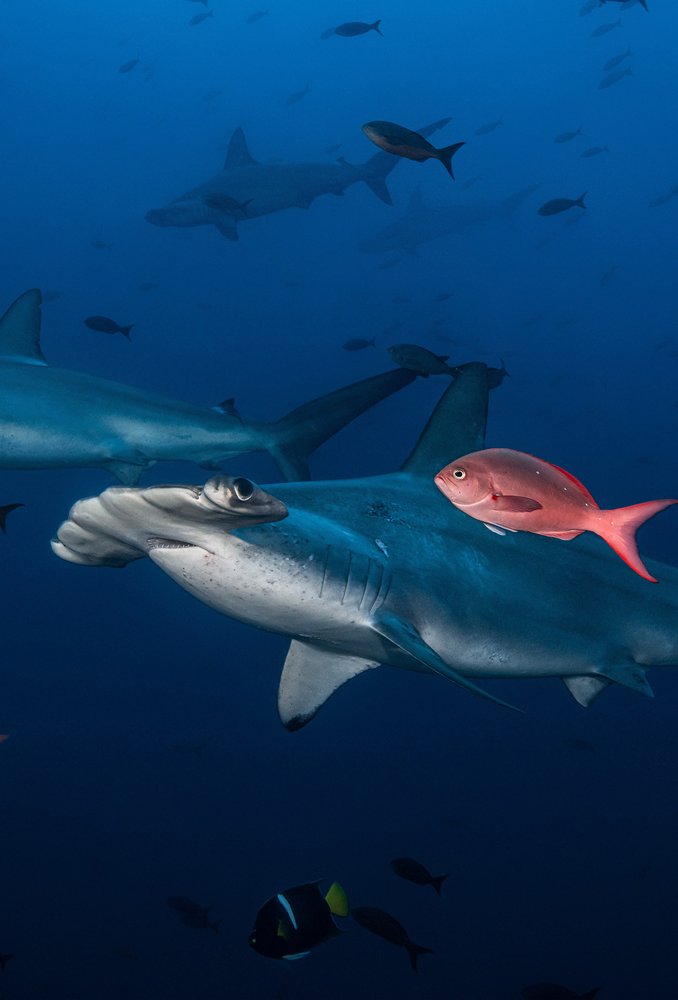
As the global community opens a new chapter for ocean protection, we celebrate this ambitious yet very necessary vision for the future. An agreement that takes responsibility for our footprint upon the most remote and largely untouched submerged wilderness remaining for our blue planet. This landmark agreement for the huge 64% of the ocean beyond national jurisdiction is a pioneering collective drive to protect and manage the Global Commons of the High Seas - sustainably, equitably, for a healthy biosphere and for the benefit of future generations.
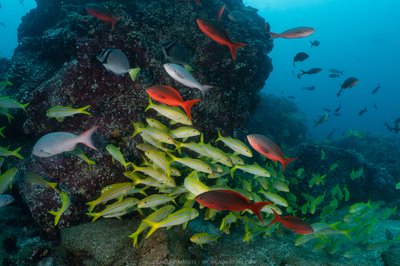

[1] An EEZ is a marine area extending up to 200 nautical miles from a country’s baseline, within which the coastal state has exclusive rights to explore, exploit, conserve, and manage natural resources such as fish, oil, and minerals.-
